Menu
Treatment Options for Allergen Immunotherapy
Allergen immunotherapy (AIT) is a type of treatment used to reduce allergy symptoms and improve quality of life. AIT has been shown to be safe and effective for treating allergic rhinitis (hay fever). For allergens that are inhaled, AIT is usually administered using one of two methods:
- Subcutaneous immunotherapy (SCIT), which involves placing allergens under the skin with a needle
- Sublingual immunotherapy (SLIT), which involves using drops or tablets placed under the tongue
Both SCIT (shots) and SLIT (tablets and drops) are considered safe and effective. However, there are differences in associated risks and benefits, including efficacy, convenience, and cost. Patients should discuss the available options with their healthcare provider. Please see below for a more detailed comparison.
Comparison of SCIT and SLIT for Allergic Rhinitis
Safety
SCIT (shots)—Higher risk of local and systemic (whole body) reactions relative to SLIT
SLIT (tablets)—Mild local and rare systemic reactions
SLIT (drops)—Mild local and rare systemic reactions
Regulatory
SCIT (shots)—Approved by the U.S. Food and Drug Administration (FDA)
SLIT (tablets)—Approved by the U.S. FDA
SLIT (drops)—Not approved by the U.S. FDA and is considered “off-label”
Administration
SCIT (shots)—Given in a doctor’s office during regular clinic visits
SLIT (tablets)—Given in a doctor’s office during first dose, at home after the first dose
SLIT (drops)—Given in a doctor’s office during first dose, at home after the first dose
Number of Allergens Delivered
SCIT (shots)—Can be tailored to match all positive allergy tests
SLIT (tablets)—Limited to certain allergens like grass, house dust mites (HDM), or ragweed
SLIT (drops)—Can include one to 10 allergens, but there’s some debate and evidence is limited
Efficacy
SCIT (shots)—Works better compared to SLIT
SLIT (tablets)—Not as effective as SCIT
SLIT (drops)—Not as effective as SCIT
Cost
SCIT (shots)—Insurance covered
SLIT (tablets)—Insurance covered
SLIT (drops)—Usually out of pocket
Reference
Gurgel RK, Baroody, FM, Damask, CC, et al. Clinical Practice Guideline: Immunotherapy for Inhalant Allergy. Otolaryngology–Head and Neck Surgery. 2024;170(S1):S1-S42.
Related Conditions
The information on ENThealth.org is provided solely for educational purposes and does not represent medical advice, nor is it a substitute for seeking professional medical care.
Copyright 2024. American Academy of Otolaryngology–Head and Neck Surgery Foundation

